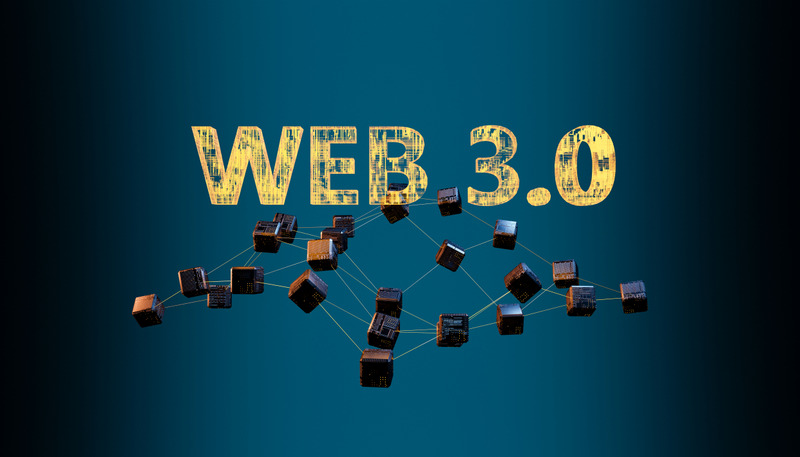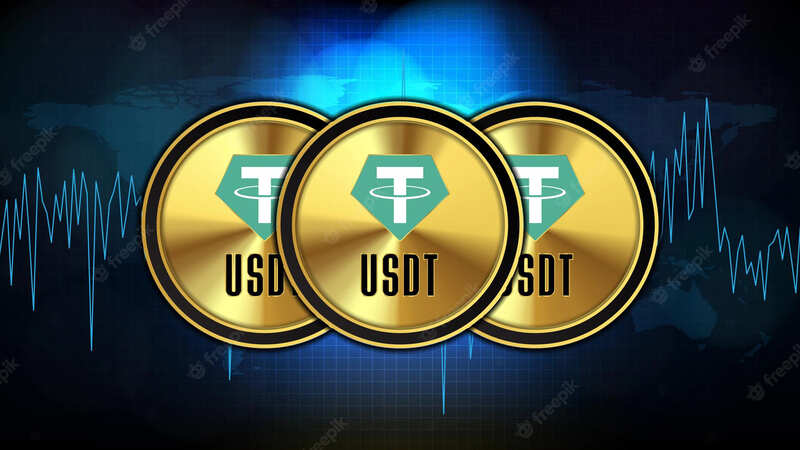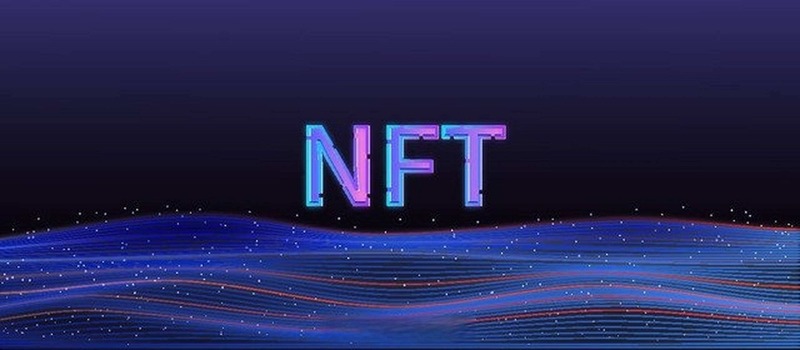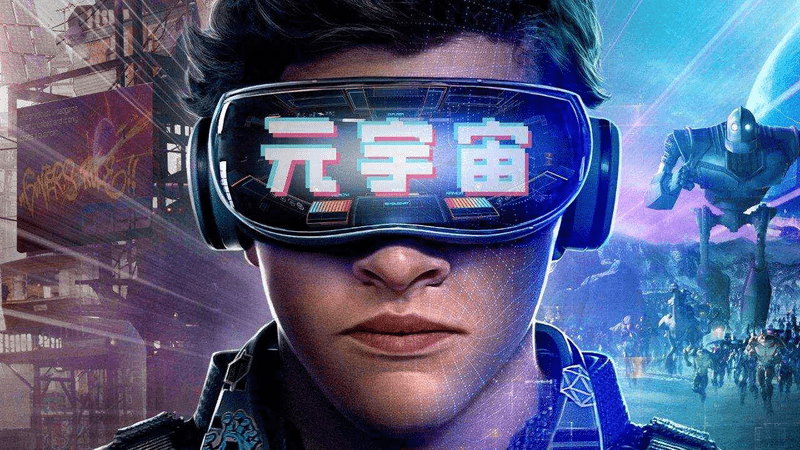Web3 Due to Elon Musk’s voice, the third generation of the Internet (Web 3.0) has garnered attention on a global scale. It is a technological idea that is frequently discussed along with decentralization, blockchain, NFT, metaverse, and cryptocurrency.
You will learn about Web3, its concepts, applications, and the reasons it is connected to blockchain, NFT, the metaverse, and cryptocurrencies in this post.
What is Web3?
A decentralized web environment built on blockchain and powered by DLT (Distributed Ledger Technology), which will also be the infrastructure technology powering the metaverse, is referred to as Web3, also known as Web3.0 Third Generation Internet.
Ownership and control are decentralized in a Web 3.0 future, and both developers and consumers can hold tokens like NFTs to take use of particular network services.
It is still unclear if Web 3.0 will become widely used in the near future. Web 3.0 is now a real technological revolution that will upend the online world thanks to the worldwide blockchain technology explosion, not just a theory or trendy term.
What are the characteristics of Web3?
Decentralized
Central to Web 3.0 is the idea of decentralization. Information is now decentralized rather than being kept in a single place.
The lack of a central control point is equivalent to the removal of the intermediary trader between producers and consumers, and user data will no longer be under the control of technology behemoths like Meta (Facebook) and Google, which can lessen the possibility of corporate or governmental censorship, the effectiveness of Denial of Service (DoS) attacks, and ensure that each user’s private information is even Retention of ownership.
Trustless and Unauthorized
De-trusting and decentralizing are two ways to put the decentralization idea into reality. In Web 3.0, “de-trusting” refers to the network’s ability to provide direct communication between users without the use of a reliable middleman, while “permissionless” refers to the absence of any requirement for prior consent from the controlling authority.
As a result, Web 3.0 applications—also referred to as DApps—will operate on blockchains, decentralized peer-to-peer networks, or a combination of the two.
Artificial Intelligence and Machine Learning
In Web 3.0, machines will be able to comprehend information just like people do thanks to the Semantic Web and natural language processing concepts.
Machine learning will also be used in Web 3.0, employing data and algorithms to replicate human learning and improve accuracy.
These capabilities will be helpful in fields including medicine design, material development, and climate modeling in addition to the present Behavior Targeting Advertising on the Internet.
Connectivity and the Borderless Network
Information and content are becoming more integrated and pervasive with Web 3.0. Different apps are analyzing more data and information, and ordinary objects and items are becoming increasingly web-connected.
With the introduction of Web 3.0, significant future change is anticipated for the practical elements of data use. According to Mat Dryhurst, a professor of future networks at New York University, the “walled garden” of data that existed in the past was created as a result of the various rules that each community and online platform had in place. This meant that even though users had their own data, they were unable to transfer, master, and use it however they saw fit.
Users will eventually be able to fully own their personal data and bring it to any website once data can be stored on the blockchain.
What are the differences between Web3 and Web1 and Web2?
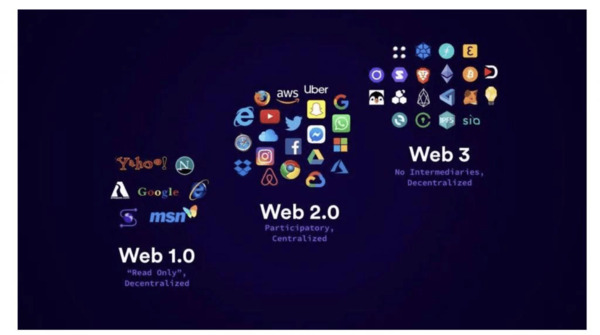
The “static Internet” (Web 1.0), in which one could only view the material on a website and not contribute or comment on it, was the starting point of the Internet’s evolution.
With the development of “social media” (Web 2.0), anyone can now generate content and leave comments so long as they adhere to the platform’s rules.
The Internet is now decentralized thanks to blockchain technology (Web 3.0), making it possible to write and post comments without having personal information collected.
Despite the fact that the technology is still in its infancy, we think that in the future, limitless possibilities will be created.
What is Web 1.0?
Popular time: 1990-2005
The first Internet generation is known as Web 1.0. The majority of participants were content consumers; the websites’ authors were only the developers who constructed them; the websites mostly delivered text and image-based material with minimal site-to-site communication.
For instance, open protocols like IP, TCP, HTTP, SMTP, etc. were were created in the 1970s and 1980s with tolerance and openness in mind. These days, there is a strong connection between these open source software and both Android and iPhone phones.
What is Web 2.0?
Popular time:2005-now
The modern version of the Web is Web 2.0, the second generation of the Internet. The content is interactive, and the value is concentrated in a small number of corporate behemoths that offer independent, centralized services, including Google, Apple, Amazon, and Meta (Facebook).
The simplicity of development has changed the focus of application developers to making money, and the major profit model for internet businesses now revolves around generating more clicks to increase advertising income.
This has also shown Web 2.0’s privacy and security flaws.
What is Web 3.0?
Popular time: In development
The idea behind Web 3.0 is to let the data itself rely on open mathematical protocols and algorithms rather than on organizations or even specific people. DApps (Decentralized Applications), which stress the openness of the Web and decentralized security, are applications created on Web 3.0.
Although the Web 3.0 experience for users may not be all that different from Web 2.0, it differs from Web 2.0 in that the user or creator keeps ownership of the content they give and is paid in some way. Users are in control of privacy decisions and are aware of how their data will be handled.
Web3 and Blockchain, Cryptocurrency, NFT, Metaverse relationship
Web3, blockchain, bitcoin, NFT, and metaverse are all distinct concepts that are interconnected.
Blockchain
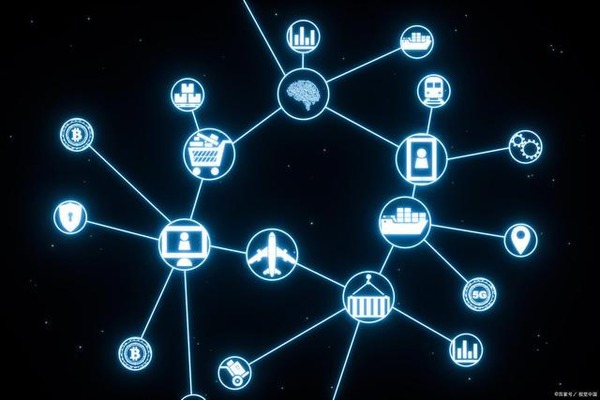
The decentralized and unchangeable technology that forms the basis of Web3 gives it the transparency it needs to be immune to manipulation by businesses, governments, or other organizations.
Cryptocurrency
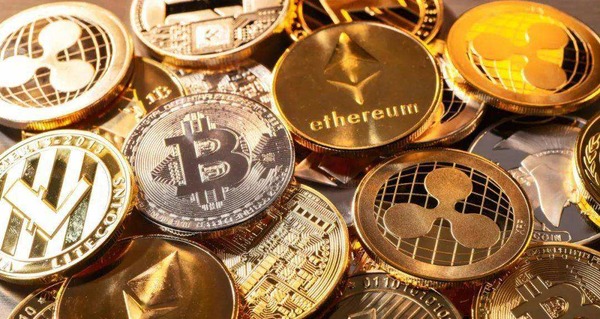
Inflation may be avoided by using blockchain technology, which is also decentralized and unchangeable. It will be the primary currency utilized by Web3 moving forward.
NFT
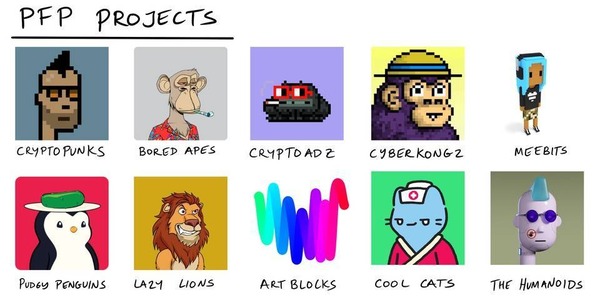
The decentralization of Web3 is made possible by the use of the same blockchain technology that makes digital assets distinctive and is now widely employed in animation, music, photographs, and other media.
Metaverse
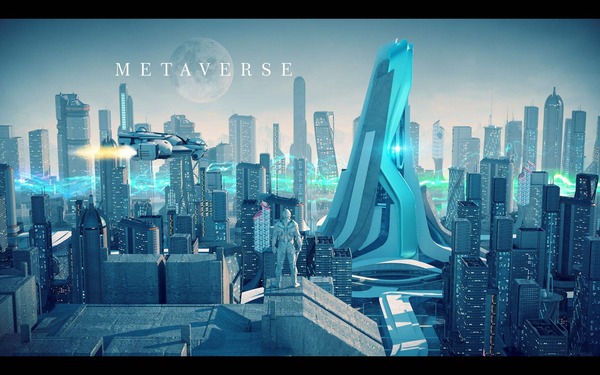
Blockchain can make the services of the metaverse more convenient even though it is not a requirement for the metaverse.
Users can communicate in the virtual reality-created web area. Everyone is eager to include the Web3 concept to create an open, transparent, and metaverse.
Many businesses are outlining various metaverse designs and attributes, and the idea is very similar to various “ecosystem” types.
What are the Web3 applications
Decentralized Autonomous Organizations(DAO)
An online community called DAO is run by consensus rather than centralized authority.
Decentralized Finance (DeFi)
Decentralized finance or “DeFi” refers to decentralized applications in the financial sector (savings, loans and foreign exchange).
Stable Currencies and Central Bank Digital Currencies (CBDCs)
Stabilized coins are privately issued cryptocurrencies that maintain a stable value over time relative to the US dollar or euro. Fiat-collateralized stablecoins: Stablecoins pegged to the US dollar, for example, maintain a reserve of fiat assets to match the value of each token issued.
Other items are usually kept stable by collateralizing digital assets or by algorithms that automatically execute smart contracts. Central Bank Digital Currencies (CBDCs) are digital currencies issued by governments, symbolizing national sovereignty and obligations.
Creator Economy
The creator economy is a growing group of creators, including singers, game developers, artists, and others, who work together directly with their audience without the use of middlemen in order to generate independent sources of revenue.
Gamefi
Games created on blockchain technology are referred to as blockchain-based games.
Web 3.0 was first proposed in 2014, however because to the lack of a highly concrete and well-known application case, it has only received lukewarm support.
But this year, as digital currency, NFT, the metaverse, and other phenomena fully took off, a growing number of people began to take an interest in the debates surrounding decentralization, virtual identities, and cryptocurrencies. This sparked interest in Web 3.0 among the technology and investment communities.
Web3 FAQ
Conclusion
In fact, Web3 was first proposed more than 20 years ago, and the initial idea was “Semantic Web,” which is comparable to the current use of AI and AI.
Following the development of blockchain technology, Wood, a co-founder of Ethernet, reintroduced a fresh idea for Web3.
A more open, equitable, and secure network where anybody may produce, comment, and maintain their privacy is referred to as Web3.0.

Author Profile – Jayz
Graduated from the Institute of Finance and Economics, because he has loved basketball since he was a child, and is deeply influenced by the idol Kobe’s belief in never giving up and pursuing perfection, he has a dual identity after graduation. He is currently working as a media worker and a virtual currency lecturer. With my professionalism and passion for cryptocurrencies, I hope more people can get a small fortune from it. Likes to read all kinds of sports news and is also very interested in cryptocurrencies.

